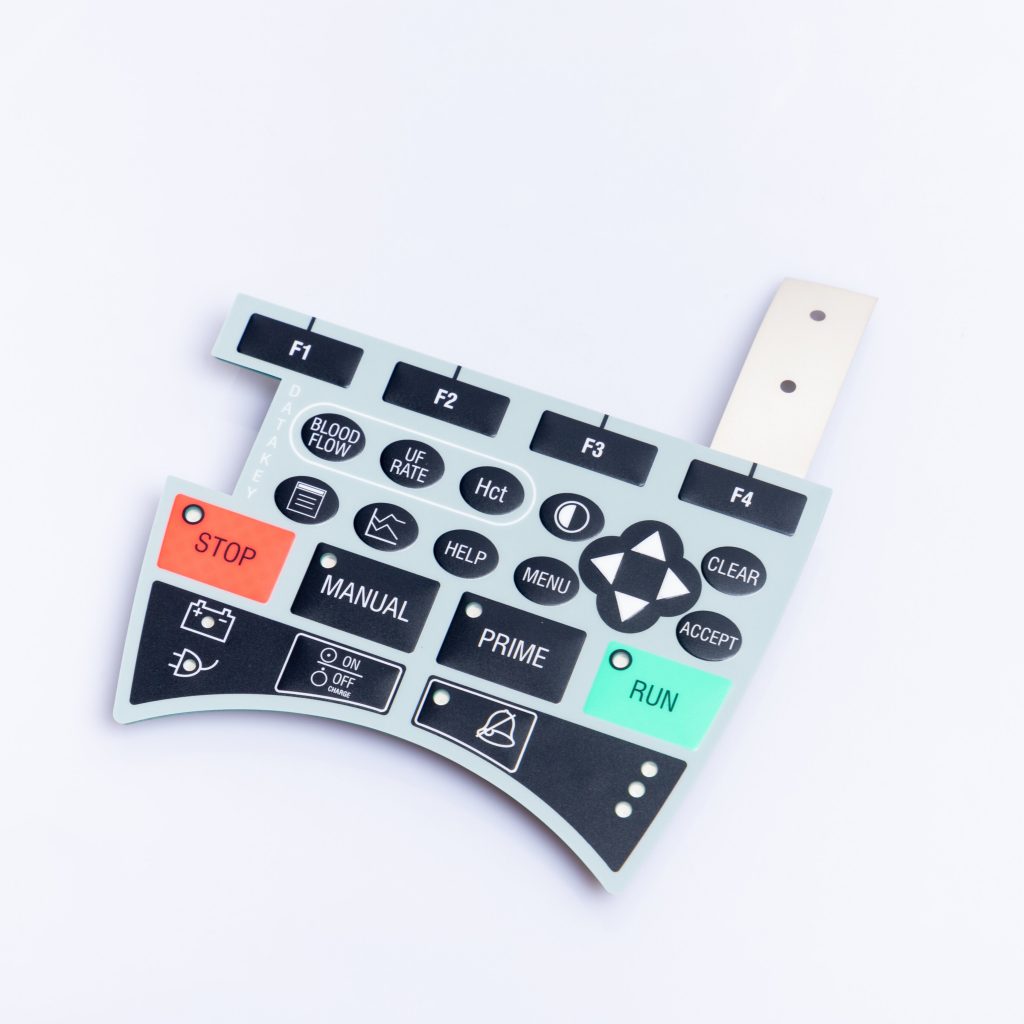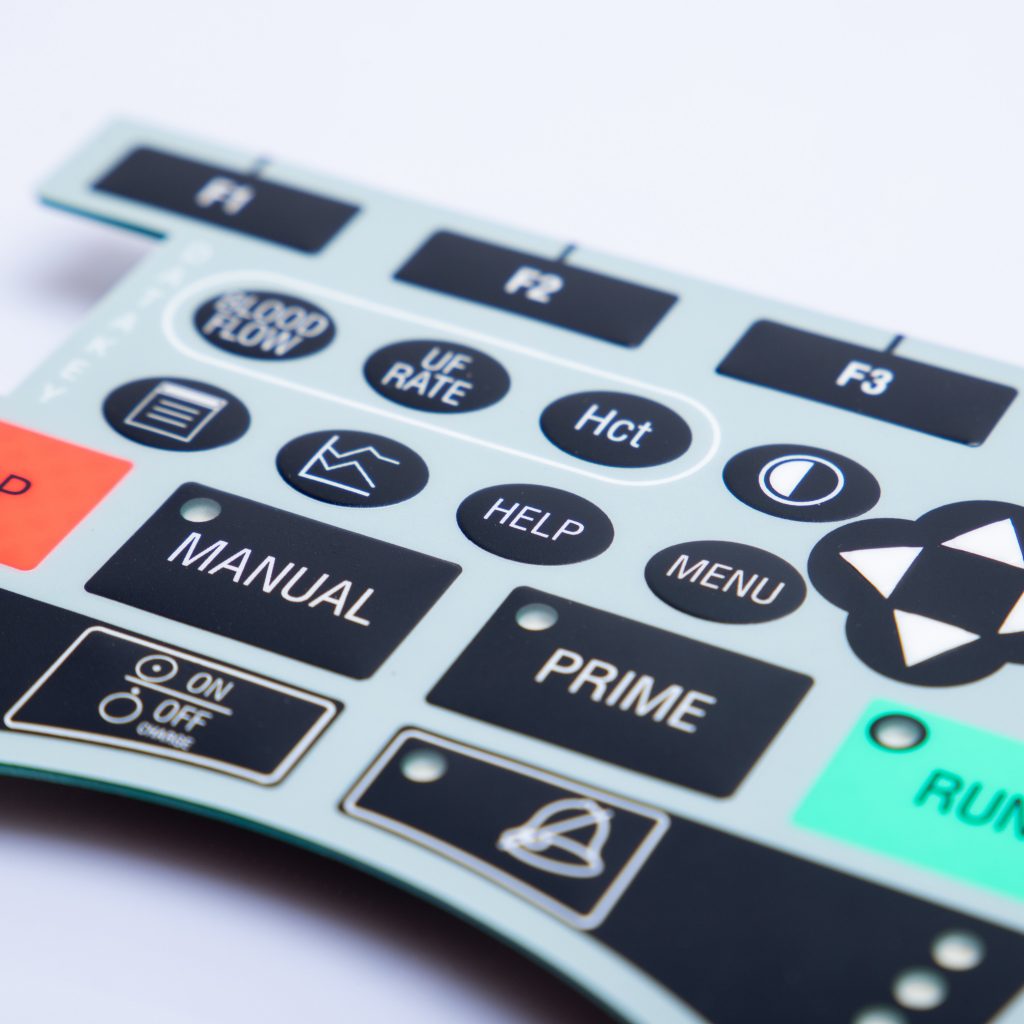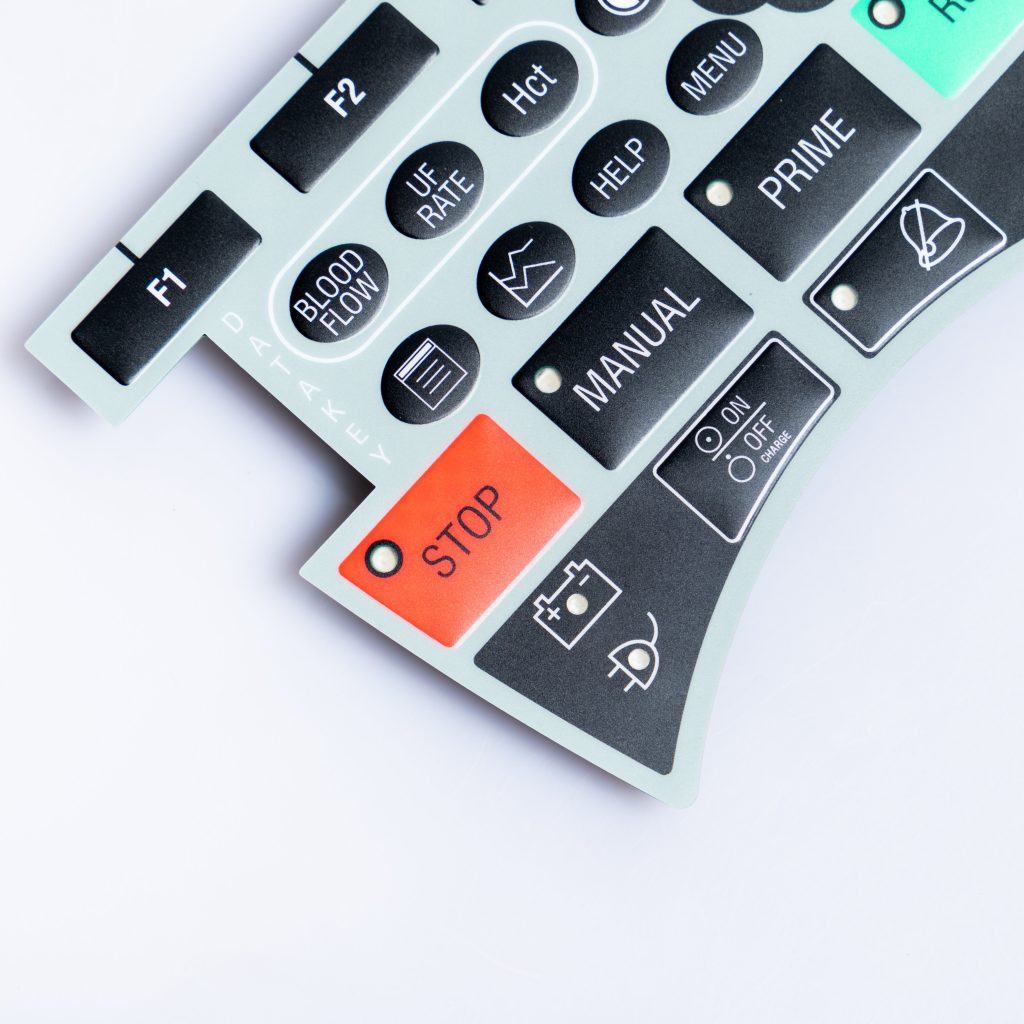Contact
Write to Us And We Would Be Happy to Advise You.
Do you have any questions, or would you like to speak directly with a representative?
By hqt
In the world of electronics and user interfaces, the term “membrane switch” may not be as familiar as smartphones or touchscreens, but it plays a crucial role in countless devices we encounter daily. At the heart of every membrane switch lies a vital component – the making screen. In this article, we will delve into the importance of making screens and why they are crucial for membrane switches. So, let’s embark on this journey to unravel the hidden significance of these unsung heroes in the electronics industry.



Before we dive deeper into making screens, let’s first understand what a membrane switch is. A membrane switch is a low-profile, user-interface technology that allows users to control electronic devices by pressing on a flexible, printed circuit. It is made up of several layers, including a graphic overlay, adhesive spacer, and a circuit layer. The graphic overlay provides the user with visual and tactile feedback, making it a key component in user experience.
The making screen, also known as the screen printing process, is a critical step in manufacturing membrane switches. This process involves the application of conductive ink onto a flexible substrate, typically polyester or polycarbonate. The conductive ink creates the circuitry that allows electrical signals to flow when a user presses on the graphic overlay.
One of the primary reasons making screens are crucial for membrane switches is durability. Membrane switches are often found in harsh environments where they are exposed to moisture, extreme temperatures, and physical wear and tear. The making screen process ensures that the conductive traces are protected and can withstand these challenging conditions, making the switch reliable over the long term.
Another advantage of making screens is the flexibility they offer in terms of customization. Membrane switches can be designed with intricate graphics, logos, and branding elements. The making screen process allows for precise printing of these visuals, ensuring a professional and aesthetically pleasing appearance.
Now that we understand the importance of making screens, let’s take a closer look at the process itself.
The process begins with the preparation of the substrate material, which is typically a thin layer of polyester or polycarbonate. This material is cleaned and treated to ensure proper adhesion of the conductive ink.
A mesh screen is prepared by coating it with a light-sensitive emulsion. A design stencil, created from the desired circuit layout, is then placed on the screen. When exposed to light, the emulsion hardens, creating a stencil with openings corresponding to the circuit pattern.
During this step, conductive ink is applied to the screen. A squeegee is used to push the ink through the stencil onto the substrate material. This process is repeated for each layer of the membrane switch, creating the necessary circuitry.
The printed substrate is then passed through a curing oven, where the conductive ink is heated and cured. This step ensures that the ink adheres securely to the substrate and maintains its conductivity.
After curing, the membrane switch undergoes thorough inspection and testing to ensure that all circuit traces are intact and functional. Any defects are addressed and corrected during this phase.
In conclusion, making screens are an integral part of the membrane switch manufacturing process. They play a vital role in crafting precise, durable, and customized switches that are essential in various electronic devices and industrial applications. The making screen process ensures the reliability and functionality of membrane switches, even in challenging environments. So, the next time you press a button on a device with a membrane switch, remember the crucial role of the making screen that makes it all possible.
Frequently Asked Questions (FAQs)
What are membrane switches used for? Membrane switches are used in various electronic devices, including remote controls, medical equipment, industrial control panels, and consumer electronics, to provide user interface control.
Are membrane switches waterproof? Some membrane switches are designed to be waterproof or resistant to moisture, making them suitable for outdoor or harsh environment applications.
Can the graphics on a membrane switch be customized? Yes, membrane switches can be customized with graphics, logos, and branding elements using the making screen process.
What is the advantage of using a membrane switch over traditional buttons? Membrane switches offer a sleek and low-profile design, are cost-effective to manufacture, and can be highly durable when designed and manufactured correctly.
How long do membrane switches typically last? The lifespan of a membrane switch depends on factors such as usage, environmental conditions, and quality of manufacturing. Well-made membrane switches can last for many years in normal operating conditions.
Do you have any questions, or would you like to speak directly with a representative?